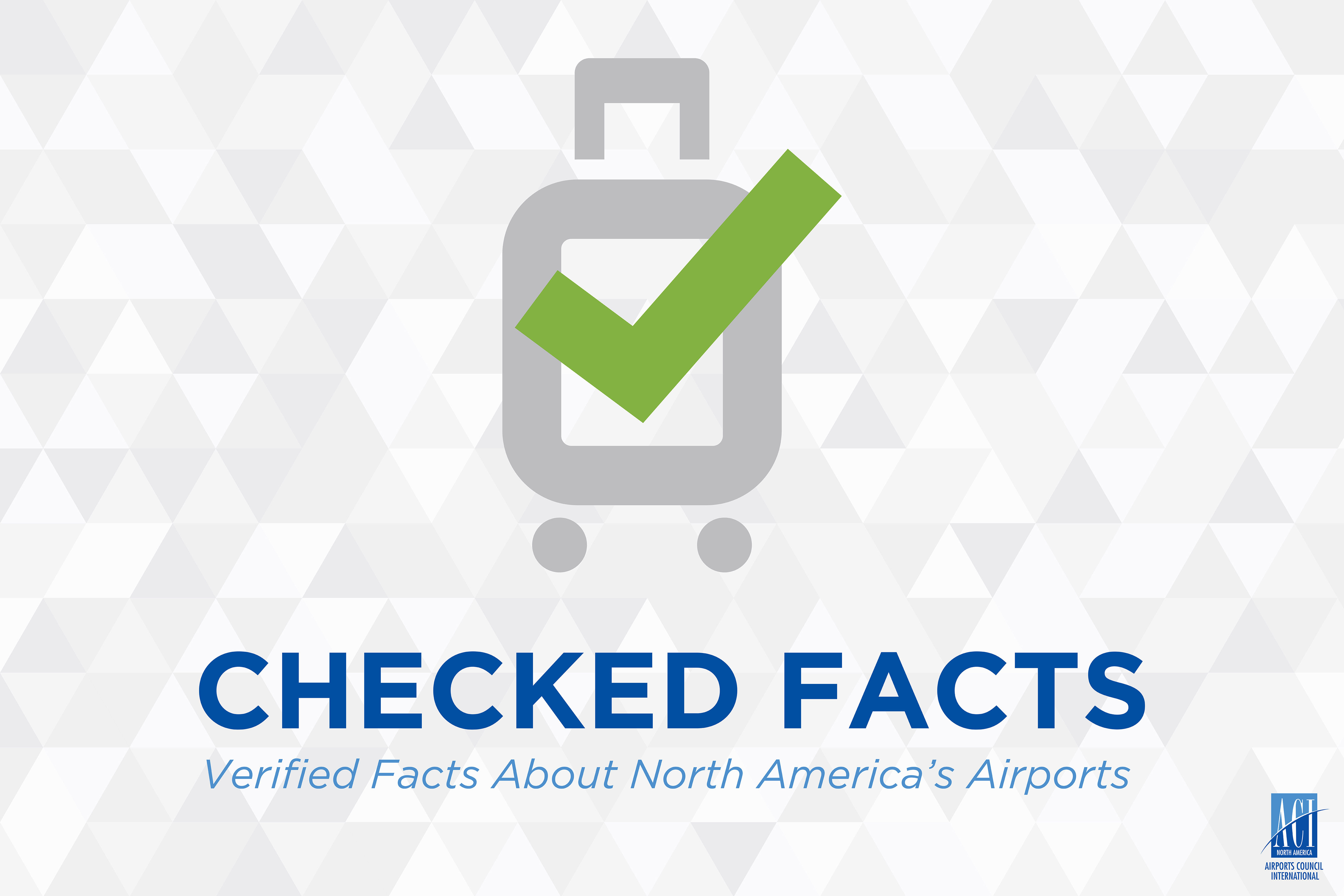Airline Passenger Data Underscores Need to Modernize Passenger Facility Charge
Airlines for America (A4A), the airlines’ main trade organization, announced Tuesday that the industry expects a record 17.5 million airline passengers during the week-long Labor Day travel period. This continued increase in passenger traffic further underscores the need to invest more in airport infrastructure to help process the ever-growing number of airline passengers. The added traffic increases the cost of operating our airports by putting additional strain on these facilities.
 “The average airport is 40 years old, and Congress has not increased airports’ primary funding mechanism in almost two decades,” said Annie Russo, senior vice president of government and political affairs of Airports Council International – North America. “Increasing the PFC will result in better, more efficient airports, improved security facilities and more competition and flight options for passengers sick of paying higher fares and fees for checked bags, seat assignments and reservation changes. Taxpayers won’t have to pay a dime for these much-needed infrastructure investments because the PFC is paid by the passengers who use these facilities.”
“The average airport is 40 years old, and Congress has not increased airports’ primary funding mechanism in almost two decades,” said Annie Russo, senior vice president of government and political affairs of Airports Council International – North America. “Increasing the PFC will result in better, more efficient airports, improved security facilities and more competition and flight options for passengers sick of paying higher fares and fees for checked bags, seat assignments and reservation changes. Taxpayers won’t have to pay a dime for these much-needed infrastructure investments because the PFC is paid by the passengers who use these facilities.”
Airports require more than $128 billion in infrastructure upgrades by 2023 to not fall further behind with the influx of new passengers. Some 56% of those investments are for projects inside the terminals. Our airports need these funds to overhaul aging terminals, improve transportation corridors around these facilities and expand and improve constrained security screening facilities. These investments will improve the travel experience and create more competition to help lower fares. Airports currently face almost $92 billion in debt to pay off past projects, and these facilities collected just $3.5 billion from the PFC in 2018, a sliver of what they need to finance that debt and fund new infrastructure projects.

